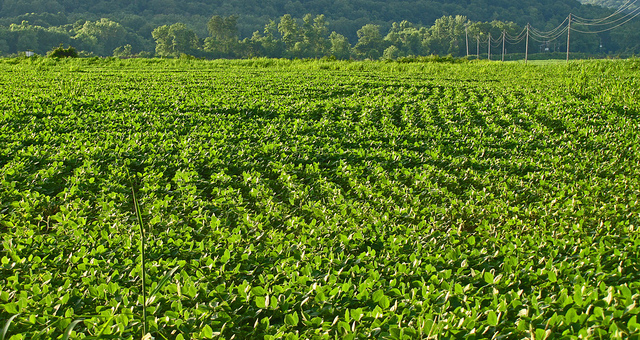Farmer’s Supreme Court fight to limit Monsanto seed patents looks bleak
Ars Technica » Scientific Method 2013-02-20

In 1994, Monsanto patented a type of genetically modified soybean that was able to resist its Roundup herbicide. The company called the soybeans Roundup Ready, and the seeds grew wildly popular. Today, Roundup Ready soybeans account for more than 90 percent of soybeans sold in the US. The crop is "probably the most rapidly adopted technological advance in history," said Monsanto's lawyer, Seth Waxman, arguing the Bowman v. Monsanto case at the Supreme Court today.
Monsanto found itself before the court today because its control over subsequent generations of soybean crops is being challenged by a 75-year-old Indiana man who farms a relatively small plot of soybeans—just 300 acres of soybeans, corn, and wheat in all. “I’m not even big enough to be called a farmer," he told the New York Times, speaking for an interview in the run-up to his big day in court.
In a way, this case originated because Monsanto is a "victim" of its own success. Like many soybean farmers, Bowman plants two crops per year. He bought patented Monsanto seeds to plant his first crop. The second crop would be planted after the winter wheat crop, and would be more likely to fail. For this riskier crop of "wheat beans," Bowman didn't want to pay the high price for patented seeds, so he bought soybeans from a grain elevator, knowing they would be a mix of various grains. Buying from a grain elevator, he didn't have to sign the agreement Monsanto usually compels farmers to sign, agreeing not to re-plant future generations of seeds.
Read 13 remaining paragraphs | Comments